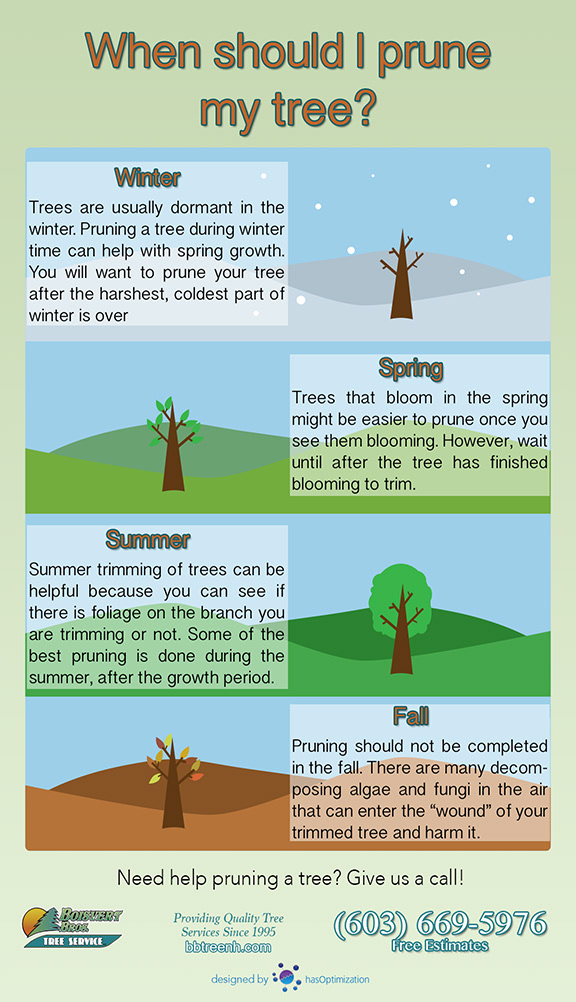The Ecological Benefits Of Stump Grinding: A Lasting Method To Land Management
The Ecological Benefits Of Stump Grinding: A Lasting Method To Land Management
Blog Article
Web Content By-
When it concerns land management, have you considered the long-lasting benefits of stump grinding? By dealing with the residues left after tree elimination, this method not just help in dirt health and wellness improvement but additionally plays an essential role in preventing disintegration and sustaining biodiversity. The environmental advantages of stump grinding extend far beyond mere visual appeals, using a lasting solution that integrates with nature's elaborate systems.
Soil Health And Wellness Improvement
Aiming to enhance the high quality of your dirt? arborist business software grinding can be a game-changer for enhancing soil health on your residential property. By eliminating old tree stumps, you're producing area for new development and allowing important nutrients to return to the soil.
As the stumps break down over time, they launch organic matter, improving the dirt and advertising far better plant development.
Additionally, stump grinding aids to aerate the soil, allowing for much better water infiltration and root development. Compacted dirt can hinder plant development and water absorption, but by grinding stumps, you're loosening the soil and producing a much healthier atmosphere for your plants.
Moreover, stump grinding can additionally help to prevent bug invasions and illness that old stumps might bring in. By getting rid of these possible dangers, you're developing a much safer and more effective landscape.
Disintegration Prevention
To stop dirt disintegration efficiently, stump grinding plays a critical duty in maintaining the stability and honesty of your land. By eliminating unsightly stumps from your home, you're also decreasing the danger of erosion caused by water drainage. Stump grinding gets rid of obstacles that can disrupt the natural flow of water across your land, avoiding soil erosion while doing so.
When stumps are left unblemished, they can serve as barriers to water flow, triggering soil to remove during heavy rainfalls. This erosion not just harms your land but likewise adds to sedimentation in close-by water bodies, damaging water ecological communities.
Stump grinding assists to avoid these concerns by leveling the ground and promoting appropriate water drainage, reducing the possibility of erosion.
Biodiversity Assistance
Keeping healthy biodiversity on your land is vital for developing a growing community. By using stump grinding as a lasting land management technique, you can substantially support biodiversity.
Stump grinding aids promote biodiversity by creating new habitats for various plant and pet types. The removal of stumps allows for the regrowth of native plant life, which subsequently draws in a varied variety of wild animals. https://screenrant.com/money-tree-orchard-design-ideas-tips-animal-crossing/ , birds, and little creatures grow in these recently available locations, adding to the overall biodiversity of your land.
In addition, stump grinding helps avoid the spread of diseases and pests that can harm plant species, hence guarding the environmental equilibrium on your building. By removing old stumps, you develop room for brand-new plant growth, which boosts the general wellness of the environment.
This much healthier environment sustains a wider selection of types, promoting biodiversity and creating a much more durable environment in the long-term. Welcoming stump grinding as part of your land management approach can have lasting positive effects on the biodiversity of your land.
Verdict
By utilizing stump grinding as a sustainable method to land management, you can enhance soil health, avoid erosion, and assistance biodiversity. This eco-friendly approach not only benefits the community however additionally advertises the growth of greenery and produces habitats for numerous plant and pet species. Make a positive effect on the atmosphere by incorporating stump grinding right into your land management practices.
